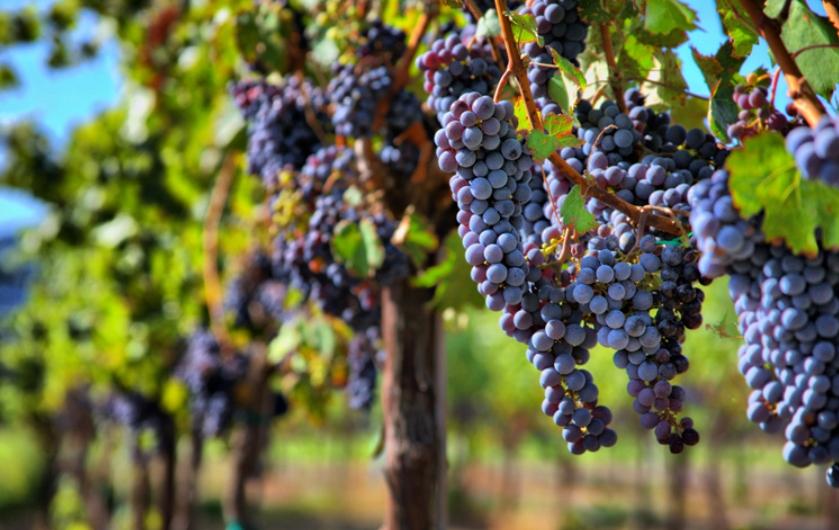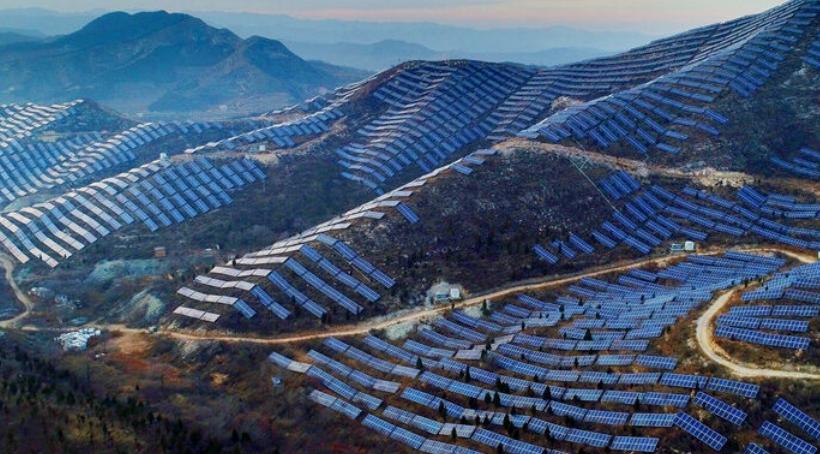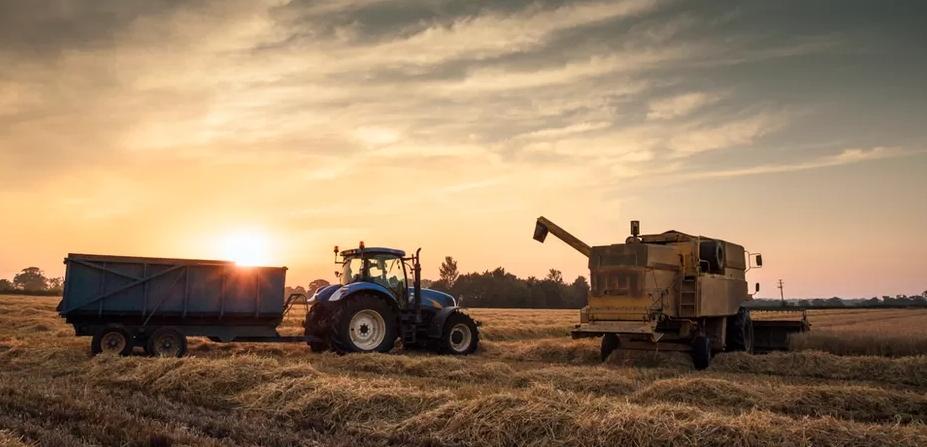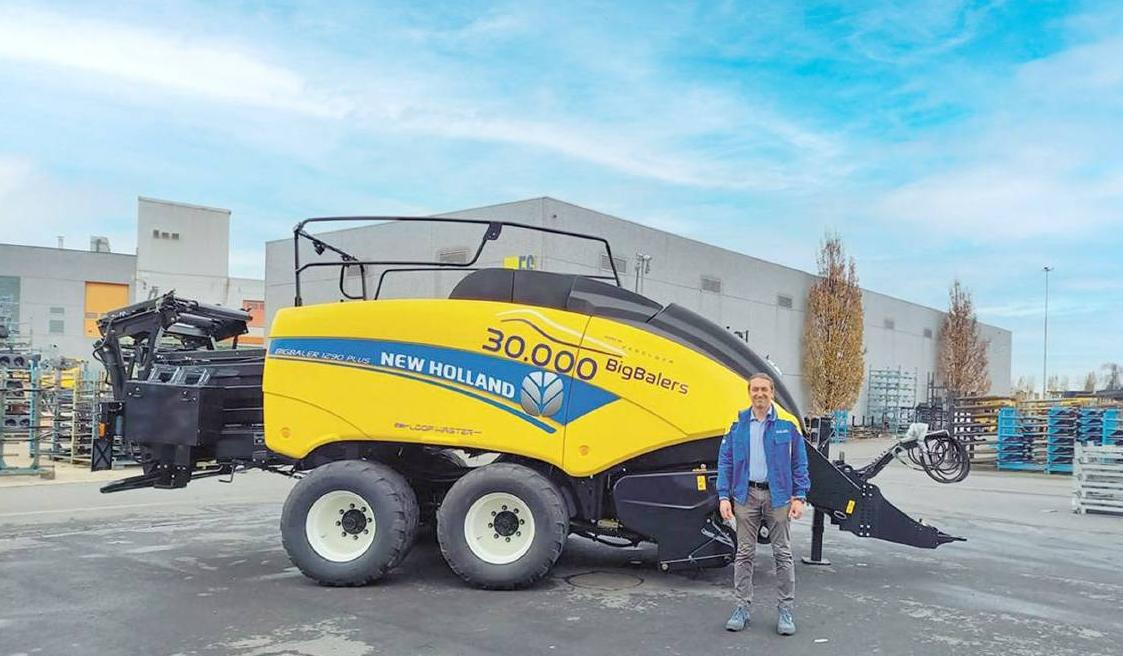New study shows how warmer temperatures will change viticulture
While the UK is hitting record highs, scientists around the world say the country is rapidly losing its cool reputation.
“It’s time for the UK to stop thinking of itself as just a cold country where every sunny summer day is celebrated as an opportunity to visit the beach and eat ice cream,” said Bob Ward, director of policy and communications at the London School of Art and the Grantham Institute of Economics and Political Science. “A heat wave is a deadly extreme weather event that will get worse for at least the next 30 years. We need to adapt and protect ourselves in these conditions.”
This new reality is not only faced by those who live in urban environments. Farmers across the region are also thinking about adapting to the sharp rise in temperatures. What crops will thrive in the coming decades in the face of climate change? Which, on the contrary, will begin to flourish?
For those investing in viticulture, an industry that saw explosive growth of 400% in the UK from 2014 (less than 2,000 acres planted) to 2021 (nearly 10,000 acres planted), a warmer climate is increasingly seen as an opportunity for expansion.
An average warming of more than 1 degree Celsius since the 1980s during the growing season has contributed to the growth of 800 wineries, according to a new study published in the journal OENO One. It is expected that due to global warming in the coming decades, the lands of the UK will come out on par with the conditions for growing grapes in the regions of Champagne and Burgundy in France, as well as in Baden in Germany.
While the research team is appreciative of the potential benefits of climate change for the wine industry, it is doing so with some caution. As average temperatures rise, so too will the risks of pests, severe storms (such as killer early frosts, floods and hail), and even wildfires. According to the UK Environment Agency, the risk of drought in the region is expected to increase dramatically in the coming decades, along with the population’s need for clean drinking water.






